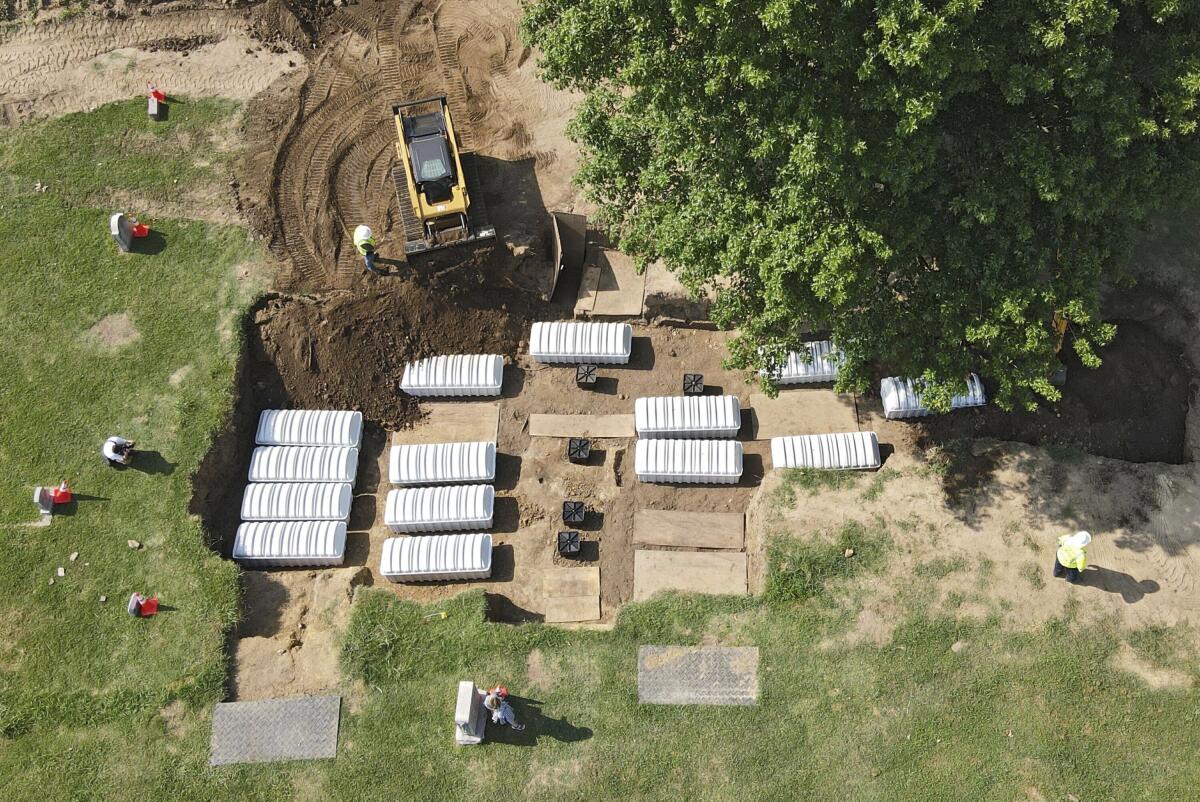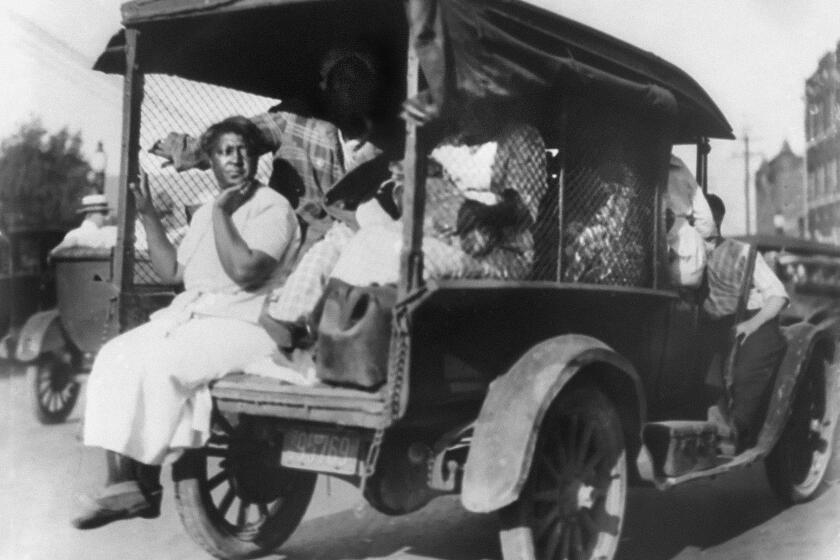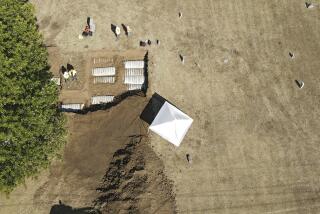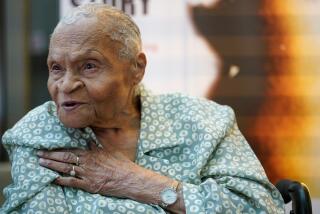Exhumations resume for DNA in bid to ID Tulsa Race Massacre victims

A team of scientists started the process of re-exhuming human remains Wednesday in their effort to identify people killed in the 1921 Tulsa Race Massacre, one of the worst known examples of white mob violence against Black Americans in U.S. history.
The team plans to dig up some of the 19 sets of remains, which were initially exhumed a year ago from Oaklawn Cemetery in Tulsa, to test for more DNA.
Of those 19 sets of remains previously exhumed, 14 fit the criteria for additional DNA analysis, but just two of the 14 had enough usable DNA recovered to undergo sequencing by Intermountain Forensics, which is examining the remains. Intermountain Forensics plans to take DNA from the remaining 12.
None of the remains recovered are identified or confirmed as victims of the massacre in which more than 1,000 homes were burned, hundreds were looted and a thriving business district known as Black Wall Street was destroyed in the racist violence. Historians have estimated the death toll to be between 75 and 300, with generational wealth being wiped out.
Victims were never compensated. However, a pending lawsuit seeks reparations for the three remaining known survivors of the violence. They are now more than 100 years old.
Danny Hellwig, director of laboratory development for Intermountain Forensics, a nonprofit foundation based in Salt Lake City, said Wednesday that the DNA previously recovered had degraded during the more than 100 years the remains were buried, creating a need for more testing.
“There are samples that are very light right now on DNA, some that are semi-viable, some that are just on the threshold,” Hellwig said.
Hollywood execs once dismissed the idea of mass interest in the 1921 Tulsa Race Massacre, but the success of HBO’s Emmy-winning series breathed life into a raft of documentaries.
Hellwig said work to develop a genealogy profile for the two sets of remains with enough viable DNA is expected to start in about a week and could be completed within a few weeks, but efforts to identify the remains could take years.
The latest search of the graveyard is expected to end by Nov. 18.
Intermountain Forensics also continues to seek people who believe they are descendants of massacre victims to provide genetic material to help scientists find potential matches.
After the exhumations, another search will begin for 18 bodies with gunshot wounds whose burials in plain caskets were previously documented, but without information on where the caskets were within the cemetery, according to forensic anthropologist Phoebe Stubblefield.
“We will be targeting in our excavations plain-casketed individuals” who are male, based on reports from 1921, Stubblefield said.
That search area is south and west of excavations conducted in 2020 and 2021, said Kary Stackelbeck, the state archaeologist who is leading the project.
The remains will be reburied, at least temporarily, at Oaklawn, where the previous reburial was closed to the public, drawing protests from about two dozen people who said they are descendants of massacre victims and should have been allowed to attend.
More to Read
Sign up for Essential California
The most important California stories and recommendations in your inbox every morning.
You may occasionally receive promotional content from the Los Angeles Times.











